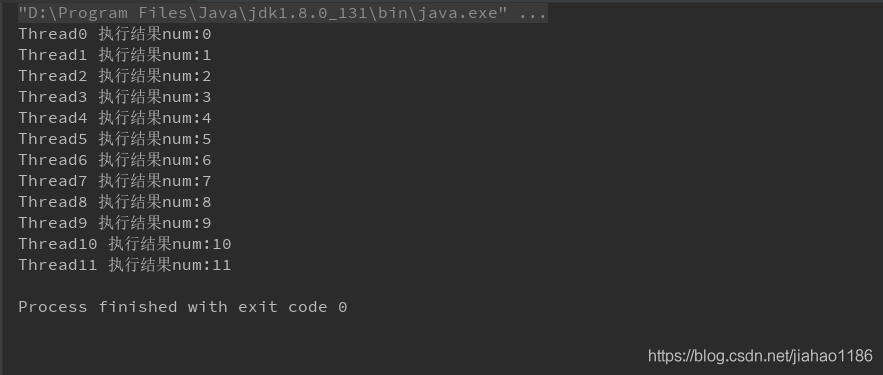1. Principle and mechanism
Use one-way pool to ensure orderly submission and execution.
explain:
1) Alternate execution between threads is not supported.
2) Multithreading is not synchronous, only to ensure the order of execution, multithreading is concurrent execution.
2. Code examples
package com.thread;
import java.util.concurrent.ExecutorService;
import java.util.concurrent.Executors;
import java.util.concurrent.locks.Condition;
import java.util.concurrent.locks.Lock;
import java.util.concurrent.locks.ReentrantLock;
public class TasksWithoutLockTest extends Thread {
private static int num = 0;
private int id;
public TasksWithoutLockTest(int id) {
this.id = id;
}
@Override
public void run() {
System.out.println("Thread" + id + "output num:" + num++);
try {
Thread.sleep(3);
} catch (InterruptedException e) {
e.printStackTrace();
}
}
public static void main(String[] args) {
//ExecutorService exec = Executors.newFixedThreadPool(1);
ExecutorService exec = Executors.newSingleThreadScheduledExecutor();
for (int i = 0; i < 12; i++) {
exec.submit(new TasksWithoutLockTest(i));
}
exec.shutdown();
}
}3. Output results
